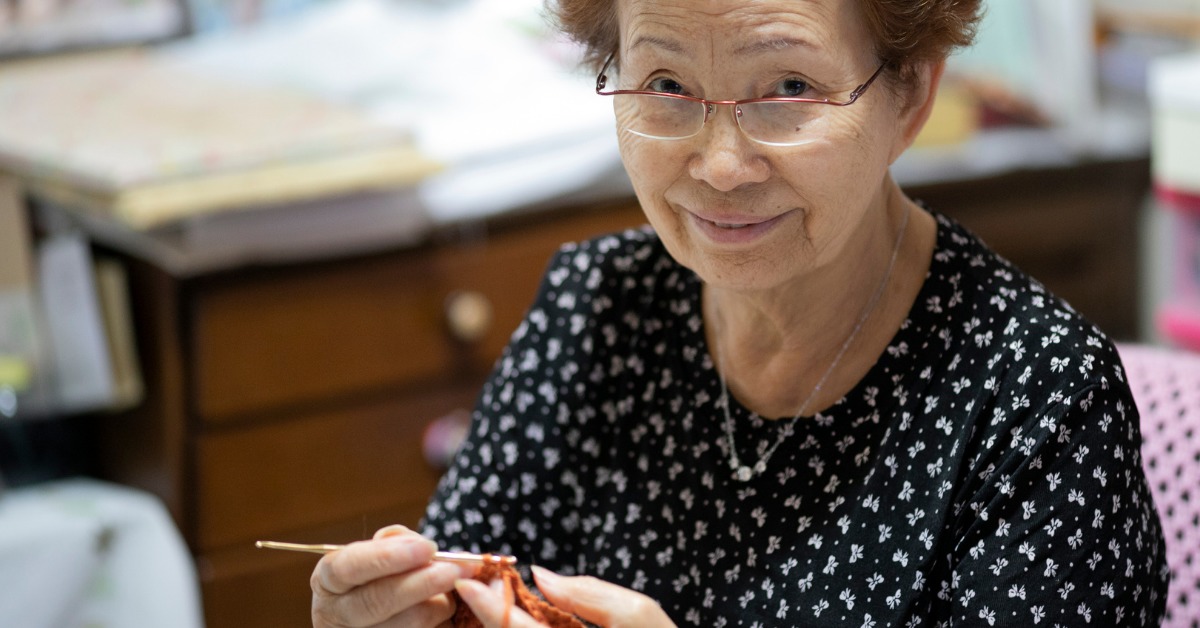Loneliness is a common problem many face as they grow older. Seniors often feel isolated from those around them, especially after their spouse dies or a family crisis breaks up a circle of siblings. Such feelings can be increasingly exasperated due to the pandemic and the fears of transmitting the Covid-19 virus.
We spoke to Vahe Karapetian, a registered nurse and experienced caregiver at UVM Medical Center, to help us navigate this topic of senior isolation.
“Everybody’s trying to be safe,” says Vahe. This is often resolved for children of aging parents with fewer visits during the pandemic to avoid spreading the virus. Compounded with added hesitation from neighbors to reach out and seniors becoming more and more housebound, loneliness presents a real problem.
At Hands at Home, we’ve found one of the best options to combat these feelings is allowing seniors to stay at home for as long as possible. Research has suggested that moving elderly ones from their homes to group facilities can contribute to feelings of loneliness and isolation, a primary cause of poor health among older adults. And for seniors with dementia, removing them from familiar surroundings has resulted in faster cognitive decline.
Vahe shares three steps caregivers and children of aging parents can take to help senior citizens feel less isolated.
Trade TV Time For a Hobby
According to the Pew Research Center, seniors aged 70+ spend on average over 4.5 hours a day watching television. However, recent studies have shown that older people experienced less enjoyment watching television than being involved in other leisure activities, and increased screen time led to more stress. Vahe suggests that home care workers and family members encourage seniors to trade TV time for a hobby.
“There are so many activities that can help seniors stay sharp,” Vahe says. The key is getting them interested in doing something they like.
This can be accomplished by spending one hour a day on a hobby for two weeks. After success, increasing the time spent in these activities likely be welcomed. If there is no interest, caregivers and children of aging parents may want to consider engaging the senior with different activities until something piques their interest.
Instead of being cared for by a television, we help seniors explore their interests, spending time in activities such as crafts that help stimulate their minds and connectivity with others. Communication is key in exploring what may be the best option.
Hire a Home Care Professional
Home care aides have been proven beneficial for seniors suffering from feelings of isolation. At Hands at Home, we offer care for as little as a few hours to 24-hour service. This means there’s no need for a family member or senior citizen to worry about covering a weekend shift, an evening, or a holiday. Typically, our 24-hour caregivers work in two 12-hour shifts or three 8-hour shifts to ensure the entire day is covered, seven days a week, 365 days a year. That security makes everyone rest easier.
Our personal care goes beyond cooking and cleaning and may include interaction through playing a game, reminiscing over a senior’s favorite memories, or listening to a custom playlist.
Vahe recommends that caregivers include looking through family pictures as part of their service, which can help stimulate their memory. One way out-of-state family members can keep their aging loved ones up to date with their lives is through a digital photo album. These can be shared electronically over Wi-Fi or sent through email and uploaded by our caregivers.
Spend Time Through Video Calls
A video call can be an excellent way to involve your loved one in family activities. For example, Vahe uses Facetime to include his mother in his kid’s daily activities. “It’s about two hours a day, and we’re not necessarily talking; they’re just there on the side with the phone. We’re playing with the kids, and she feels the connection that she’s still here.”
Your presence is essential for this engagement process. A large part of living satisfying lives alone is keeping human interaction strong.
Of course, you should also be conscious of the constraints of age. Be aware of any physical or cognitive limitations your loved one may have and be open to exploring other options.
Finding out what will most benefit your aging loved one is best had with a conversation instead of a barrage of questions. This may include times they can get together and how to involve them in your lives effectively. Our caregivers are happy to assist with the learning curve of using a tablet or smartphone that may be holding them back from such interaction.
Vahe also recommends, if possible, scheduling this time to give your loved ones something to look forward to. Although he says, “It doesn’t always go as planned .”Technology difficulties and scheduling conflicts can sometimes prevent a challenge, “but it comes down to making yourself available.”
It’s important to keep in mind that the topic of loneliness and isolation among older adults is a difficult one. Everyone experiences these feelings differently, and it can be challenging to navigate. But being an active participant in your loved one’s life and providing them the attention that they may not receive elsewhere can help alleviate the feeling of isolation.



